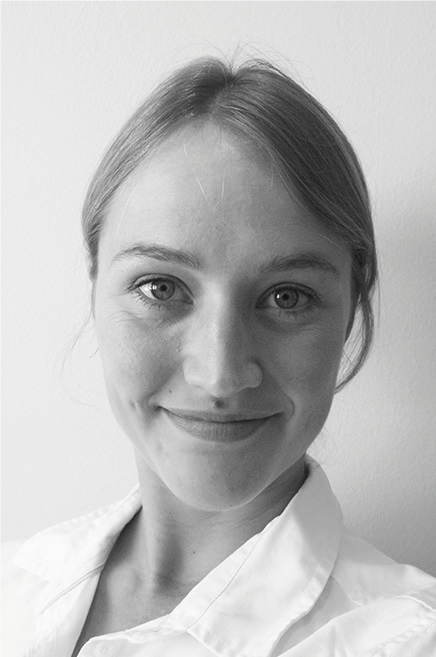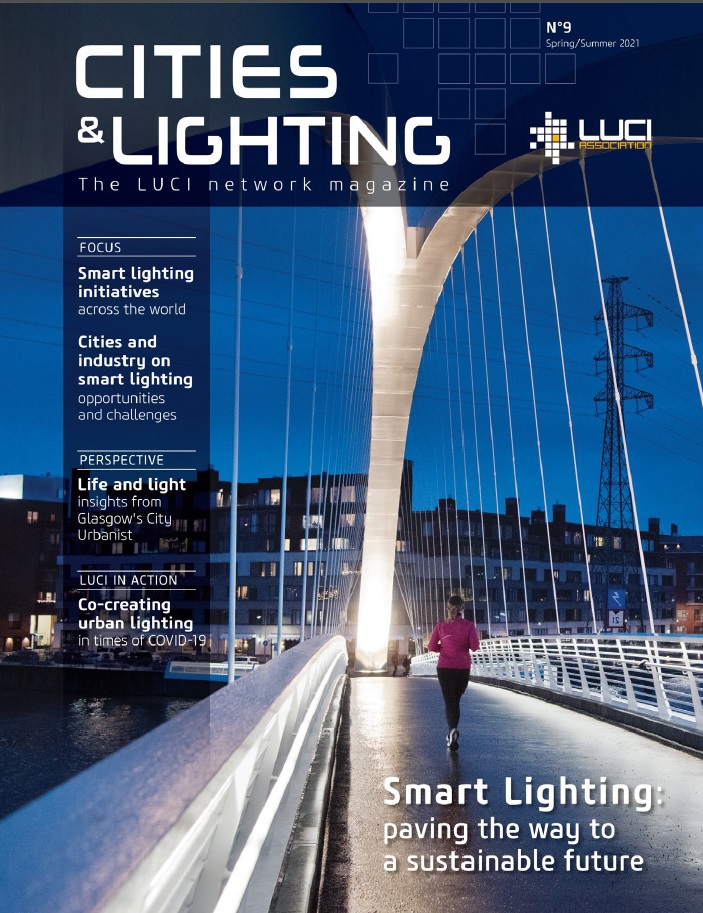Opinion on Smart Lighting: « We need to ask the right questions and keep the rights of citizens above all else »
By Helene Qvist, Smart City Consultant, City of Albertslund
We asked leading city representatives and industry partners to share their views on opportunities and challenges regarding the next steps for smart lighting. They were published in the ninth issue of Cities & Lighting, out Spring 2021.
Smart lighting has merged with a number of other smart solutions in society. What these solutions have in common are how they all connect with each other due to the accelerated deployment of sensors, networks and platforms. My job is to test how this connectiveness works and to make sure that these solutions in the end bring actual value for the citizens.
Because of this connectiveness, intelligent lighting holds a huge potential. By linking with sensors and other devices the lighting becomes far more flexible and adjustable, adapting to the level of light needed in a given situation for a given user. It then responds to car accidents, traffic jams, changing weather conditions, maintenance etc. Furthermore, it becomes possible to get a real-time overview of the actual energy consumption, making it easier to monitor.
However, these potentials are based on a huge amount of data and by crossing these data from different fields like passenger cars and cell phones combined with facial recognition, we occasionally end up with a surprisingly new set of information which brings an important pressure on privacy. This aspect becomes even more important when smart lighting and IoT devices begin to occupy our homes. Consequently when we as a public body install Human Centric Lighting and IoT devices in kindergartens, nursing homes, sport facilities and so forth, we have to strive for transparency and good communication.
In my opinion, citizens have the right to know why we might track their bike (to provide better lighting on the bike paths) or monitor people in a gym hall (to bring down the energy cost for the building). Consequently, we try to challenge ourselves by asking why we initiate the given data-driven project: will the technological solution benefit the green transition, a healthier everyday life for the citizens, or what is the actual goal?
In the end I believe flexible adjustable urban lighting will add much more value to our cities than we imagine. However the data-driven solutions will also change the way we work with lighting, and it is important for the public sector to be part of that transformation by asking the right questions and by keeping the rights of the citizens above all else.
Read more opinions on challenges & opportunities brought by smart lighting here.



 (
(